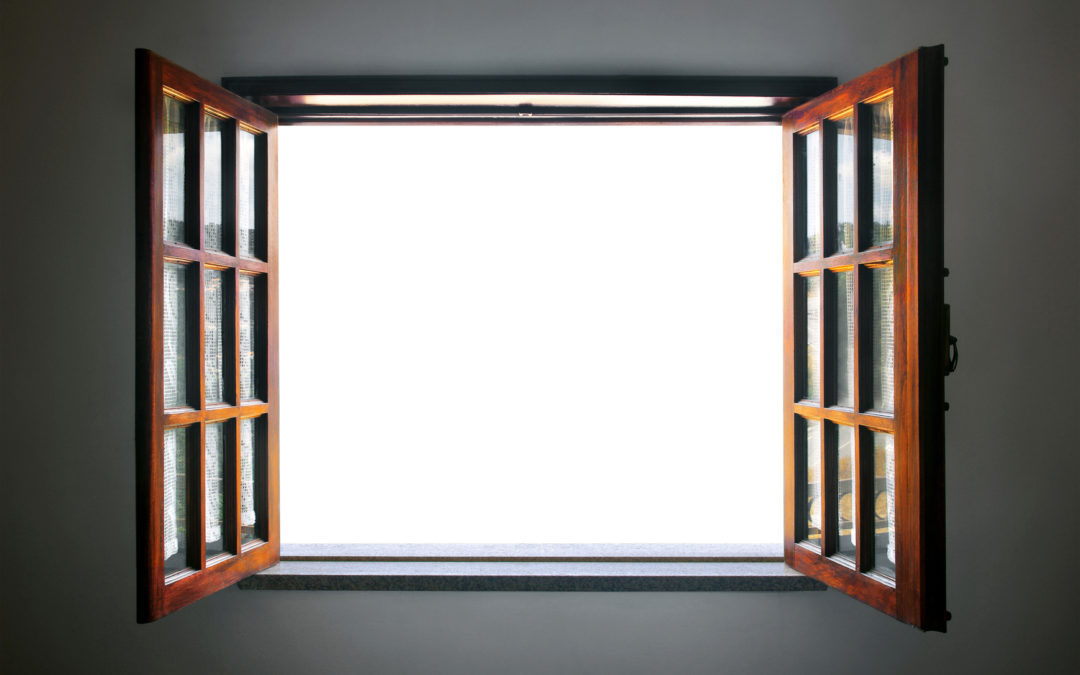Traditional homes are one of the dominating home styles and choices among homeowners. Cherished for their comfortable and inviting atmosphere as well as their classic charm, traditional homes are often decorated with a variety of window styles for ventilation, natural lighting, and beautification.
Wood: A Hallmark of Traditional Windows
When you think of traditional window styles, wood windows will undoubtedly cross your mind. For good reason, too. As a widely-recognized beauty, wood windows are loved for their authentic touch and sophisticated texture. For many, the natural design and high-quality craftsmanship, and other features of wood windows altogether make them significant in the architectural character of many traditional homes. However, wood windows are expensive, require much upkeep, and can incur costly replacement fees, which makes getting rid of them a seemingly reasonable solution for homeowners.
Thankfully, there is another way around the game. Old wood windows are worth saving for their historical significance. Restoring old windows are in fact a more economic and eco-friendly alternative than replacement. You can easily make your wood windows as green as any modern window on the market by taking the following actions:
#1: Caulk or Re-Caulk
Caulking your windows is an effective way to stop air leakage. Even if you had caulked in the past, your old caulk may have dried out under the summer heat, creating cracks and gaps that are popular air escape points. When re-caulking, DIY Network recommends you to use caulk softener to remove all old caulking and apply the softener “at least two hours in advance to give it a chance to work.”
#2: Weatherstripping
Weatherstripping is another cost-effective way to reduce air leakage around the windows. When shopping for weatherstripping, the Department of Energy recommends homeowners look for those that can withstand friction, weather, and temperature change. Additionally, make sure that the weatherstripping perfectly fits your windows without compromising its operation.
#3: Storm Windows
Installing an additional window right outside your existing window provides the protective and insulating effect you need to go green. According to Old House Web, a storm window creates an air gap that is similar to that of a double pane window. As a result, it can effectively keep heat out in summer, while preserving the warmth of your home in winter.
#4: Low E-Coating
Insulating glass coatings such as Low -Emissivity (Low-E) coating are designed to frustrate heat transfer and reduce your energy expenditure during the dog days of summer. Best of all, Low-E coatings are known to protect your home’s interior by blocking harmful ultraviolet radiation and reducing the fading of your valuable furniture and other precious room décors by up to 75%.
#5: Fiberglass Windows
If your existing wood window has deteriorated beyond repair and restoration, it’s time to replace them with the innovative fiberglass windows. Loved for their longevity and durability, fiberglass windows are energy efficient and can emulate the texture, color, and feel of wood. EverWood Interior, for example, is a wood grain finish that can be applied to your fiberglass windows to replicate the authentic touch of wood.
As you can see, there is more than one way to maintain a traditional window style while lowering your energy expenditure. Apply one or all of the green treatment options to save your wood windows and live sustainably.


